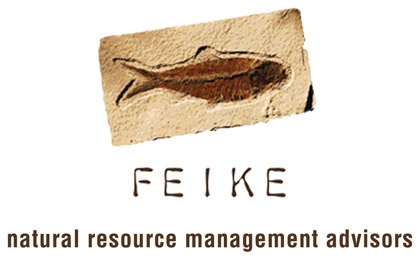The Fisheries Department (DAFF), led by its Deputy Director-General and the Chief Directors of Research, Fisheries Management and Compliance met with representatives of the SA Abalone industry today (1 December 2014) and confirmed that a decision has been taken to set the 2014-2015 abalone TAC at 96 tons.
The 96 ton allocation is substantially less than the 160 tons motivated for by the industry in a detailed motivation of more than 15 pages. However, the meeting was brief but extremely productive with the DDG, Mr Mortimer Mannya, making it plain that he and his management team intend managing fisheries such as abalone very differently to the past. Mr Mannya emphasised the need for increased collaboration, information sharing and partnerships to be built between industry and his management team. Mr Mannya was nonetheless frank and to the point about his obligations of having to determine the TAC by striking a balance between the scientific advice provided to him and the requirements of industry and right holders.
The 96 ton TAC is identical to that set for the previous season (2013-2014) but could conceivably be increased once the DAFF confirms the findings of its two experimental fishery programmes which were conducted in the False Bay. Both experimental programmes directly involved abalone right holders and the understanding is that the results will confirm that the resource in the False Bay is healthy and can sustain a commercial fishery of approximately 10 tons (eastern False Bay) and 12 tons (western False Bay between Cape Point and Muizenberg excluding the current protected areas).
The case by right holders for a larger TAC (or at the very least to not be penalised for the department's repeated failure to substantially reduce poaching) received significant legal support toward the end of November when the North Gauteng High Court ruled that a decision by DAFF and its Minister to ban recreational fishing for Steenbras was unlawful as it was based, inter alia, on outdated scientific data, without any clear understanding of the causes of demise of steenbras stocks and without any consideration for the socio-economic impacts of such a decision.
The abalone industry will be meeting with DAFF to finalise fishing permit conditions, inter-area allocations, general management rules for the upcoming season and importantly whether right holders will have to pay annual permit and levy fees at 11am on Thursday 4 December 2014. Right holders are encouraged to contact their area representatives should they wish to comment on any of the proposed permit conditions and/or to provide any inputs pertaining to the additional issues that will be finalised at the 4 December 2014 MWG meeting.
